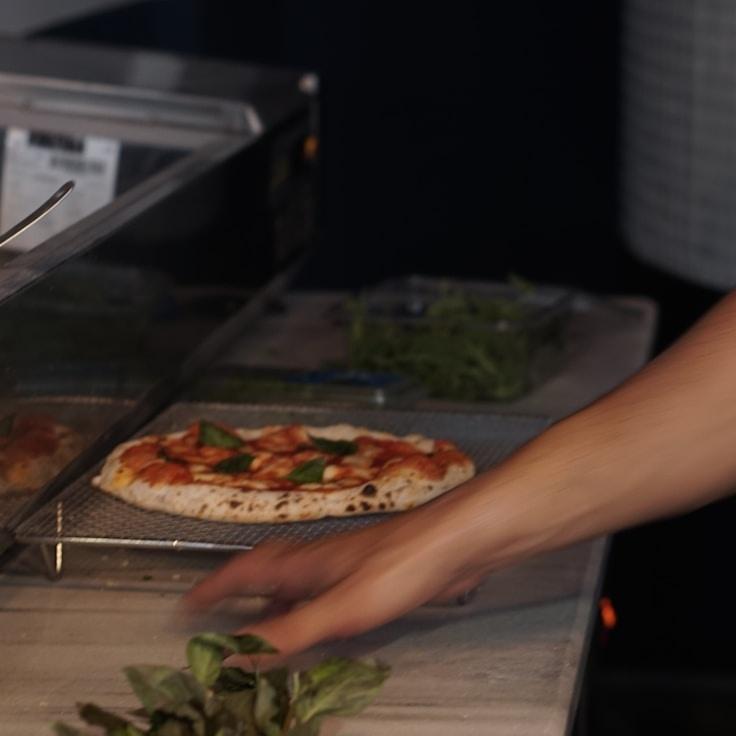Here at CalmMeadowGate, we are passionate believers that extraordinary pizza begins with extraordinary dough. With over thirty years of refining our recipe, we're thrilled to impart some of our closely-held wisdom to you. Although we cannot divulge our proprietary mix (as some secrets are best kept), these foundational precepts will aid you in crafting a pizzeria-caliber pizza dough right in your kitchen.
Flour Quality is Key
The best pizza dough arises from the use of superior flour. 00 flour, which is ground finely and hails from Italy, is preferred due to its optimal protein content of about 12%. This makes an ideal equilibrium between pliability and robustness. In the absence of 00 flour, substituting with bread flour is possible, but the resulting texture may vary slightly.
Water Temp and Dough Hydration
The water you use influences the timing of fermentation and the maturation of your dough. Cold water, approximately 45°F (7°C), is best for extended fermentation which enhances the taste, while lukewarm water, around 85°F (29°C), facilitates rapid fermentation. Keep your water to flour ratio within 60-70% for the majority of home ovens.
Less Yeast for Enhanced Flavor
A pivotal trick to satisfying dough is to use a lesser amount of yeast and allocate more time to the fermentation process. A mere 0.2% fresh yeast in proportion to the weight of the flour is sufficient for us, extending the fermentation to 24-48 hours. This gradual approach lets flavors deepen and results in dough that's more digestive-friendly.
Salt's Role Beyond Taste
Salt's role extends past simply seasoning your dough—it fortifies the gluten network and regulates the fermentation process. Opt for fine sea salt at a ratio of 2.5-3% to your flour weight. Introduce salt after you have started integrating the flour and water to avoid its contact with yeast.
The Craft of Fermentation
Post-mixing, grant your dough a 2-hour bulk fermentation at a standard room temperature, then segment it into individual portions. Transfer these into covered containers and store them in your fridge for 24-72 hours. It's during this cold fermentation that compounds are broken down, enhancing the taste and contributing to the crust's coveted golden hue.
Delicate Handling
Prior to baking your pizza, take out the dough from the fridge 1-2 hours earlier to bring it to a moderate temperature. Handle the dough with care to maintain the gas bubbles. Gently push and stretch with fingertips rather than rolling, which would deflate the air spaces.
The Final Element: Hot Heat
Our pizza-making furnaces might reach a soaring 850°F (454°C), but typical kitchen ovens usually top off at about 550°F (288°C). To counterbalance, position a pizza stone or steel within your oven and let it heat for no less than an hour. This ensures a robust, searing foundation needed for a crunchy exterior and a spongy interior.
The mastery of pizza dough is an evolving process. Every round of dough should educate you about the methodology. Keep a log of your adjustments and experiences, and ascertain what yields the most satisfying results in the comfort of your kitchen.
Should you wish to observe our dough creation firsthand, consider attending one of our monthly pizza-making workshops, where Chef Alessio will offer an in-depth exploration of these techniques. For future workshop dates, refer to the events schedule on our website!

